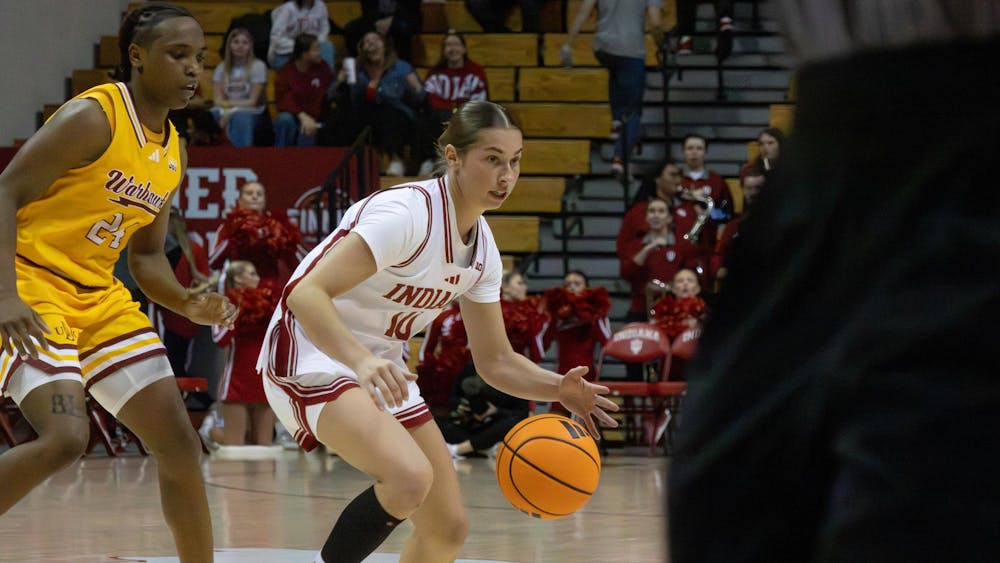UNIVERSITY PARK, Pa. –\nA recent national survey found that men have more sexual partners in their lifetimes and are more likely to do drugs, but women are catching up. \nPatricia Koch, a biobehavioral health and women studies professor at Pennsylvania State University, said even though socialization has encouraged men to take more risks, women have started to branch out and be more independent in the past decade. \nKoch said this independence, along with the need to adapt male work ethics, has caused women to start adopting the poor habits of men, such as smoking, drinking alcohol and engaging in risky sexual behavior. \n“Women seem to be trying to catch up to men,” she added. \nAccording to the June survey, 29 percent of men reported they had 15 or more female sexual partners in their lifetime, while 9 percent of women reported to have 15 or more male sexual partners. \nMen also have a greater tendency to try cocaine and other street drugs compared to women, according to the survey, titled “Drug Use and Sexual Behaviors Reported by Adults: United States, 1999-2002.” \nThe survey was conducted by the National Center for Health Statistics – a branch of the Centers for Disease Control and Prevention .\nKoch said because of socialization, men also tend to exaggerate their sexuality while females usually under-report their sexual past. She said for surveys like this, men tend to round up while women tend to round down. \n“However, most people don’t have an exact scorecard,” Koch added. \nSophomore Tim Dolan agreed that the numbers are probably more equal despite what the survey said, but men may be more open to talk about it. \nMales seem to brag or exaggerate about sexual experiences more, sophomore Chris Gill said. \n“If females have a lot of sex, they are labeled as a whore,” Gill said, “but if guys do it, they are called a pimp or player and get more respect.” \nJunior Alison Stubbs and junior Christine Smith said they think for college students, the number of sexual partners is probably equal. \nStubbs said she did a survey for her statistics class about sexuality. She said her results were not as drastic as the national survey. \n“It does take two to tango,” she said. \nA Penn State survey from 2004 to 2005 found that in a 12-month span, most students, both male and female, had one sexual partner or none at all, said Susan Kennedy, associate director of University Health Services. \nKoch said at Penn State, there is a wide variety of students from different backgrounds and religions and those who have different goals and influences for their sexuality. She said some students chose not to have any sexual partners during their time at college, some limit their number of partners and some decide to be more experimental. \nDrinking is part of this college atmosphere, and Koch said people stereotypically think others are more interested in sex because of its influence; however, drinking decreases a person’s ability to make a decision. \nAccording to a 2006 Penn State Pulse survey titled “Student Drinking,” the number of students who reported that they engaged in unplanned sexual activity as a consequence of drinking alcohol increased 10.3 percent from 2004. Also, the number of students who did not use protection while engaging in sex doubled from 2004, according to the survey. \nKoch said some students may drink to let go of their inhibitions, but the connection between alcohol and sexual activity can be complex.
Study says women’s drug use increasing
Women as likely as men to do drugs and alcohol
Get stories like this in your inbox
Subscribe





